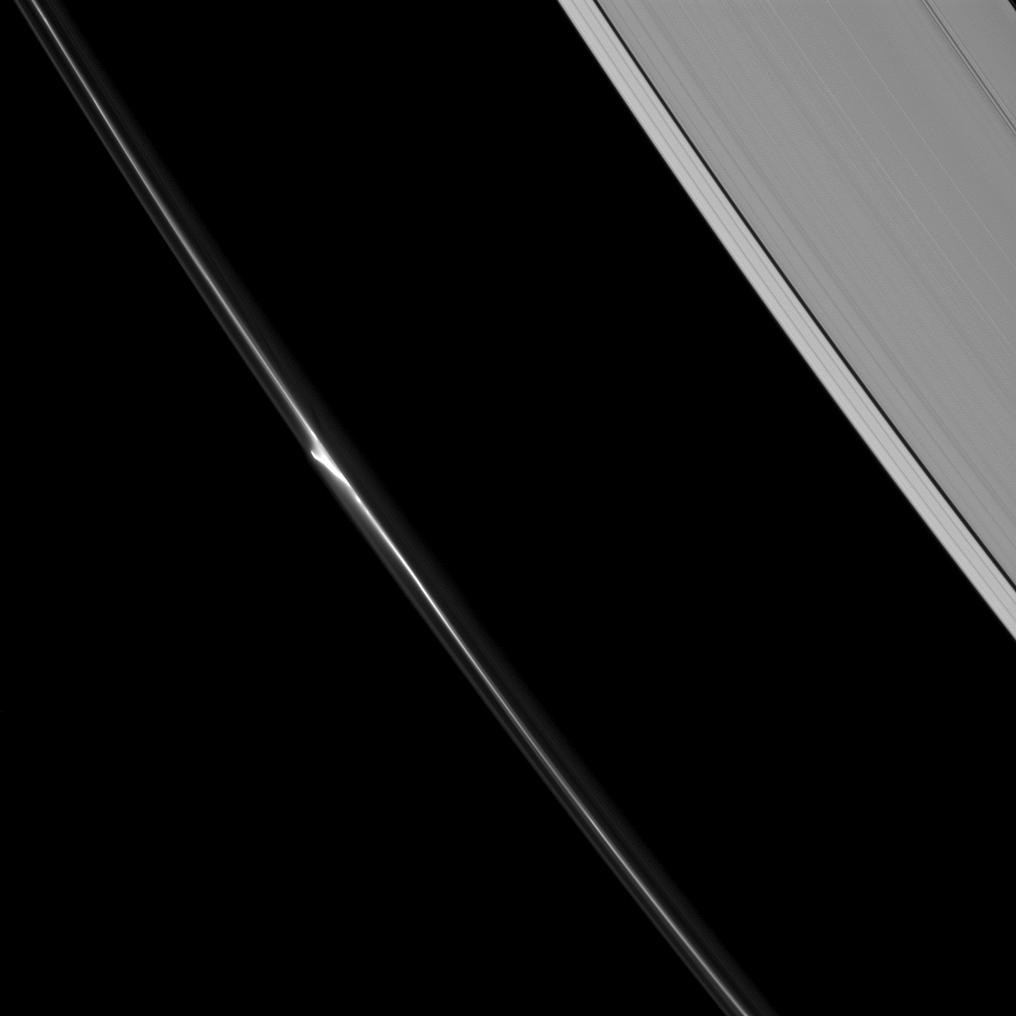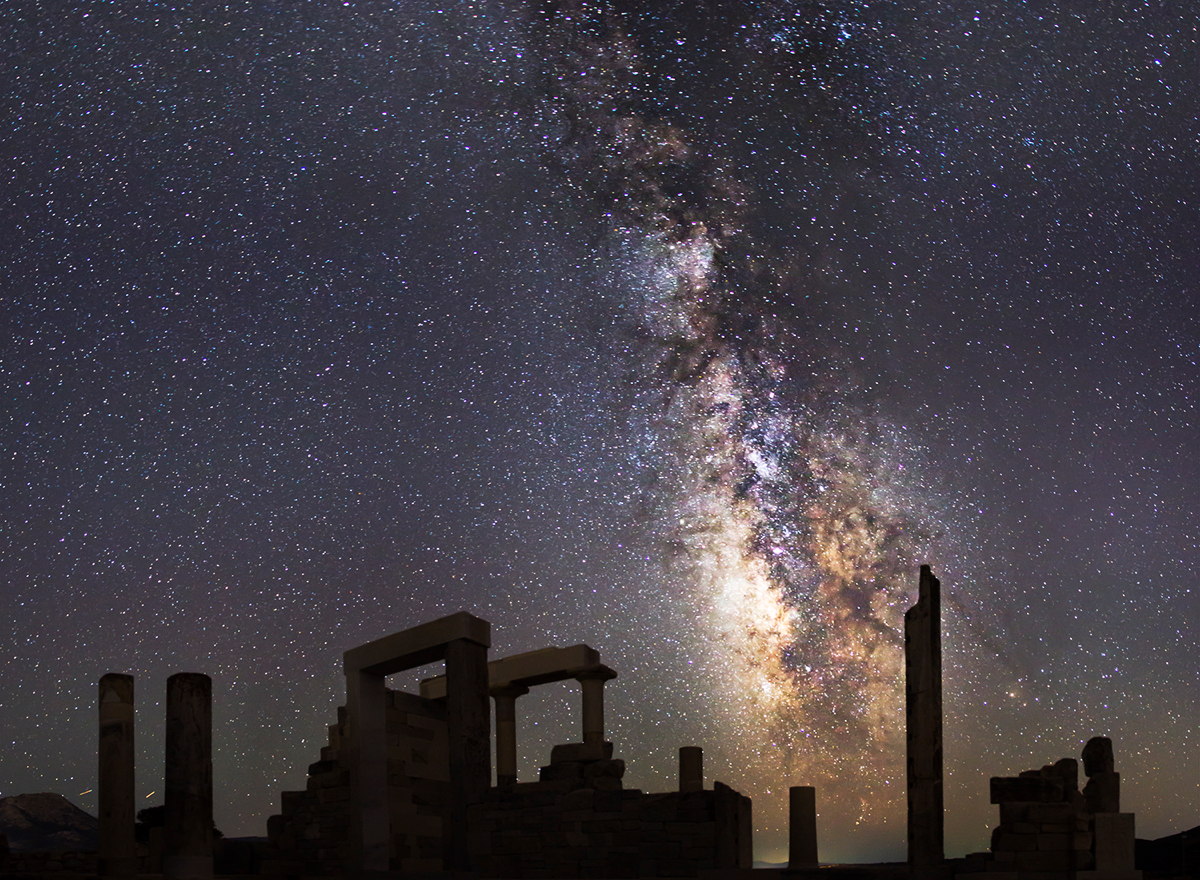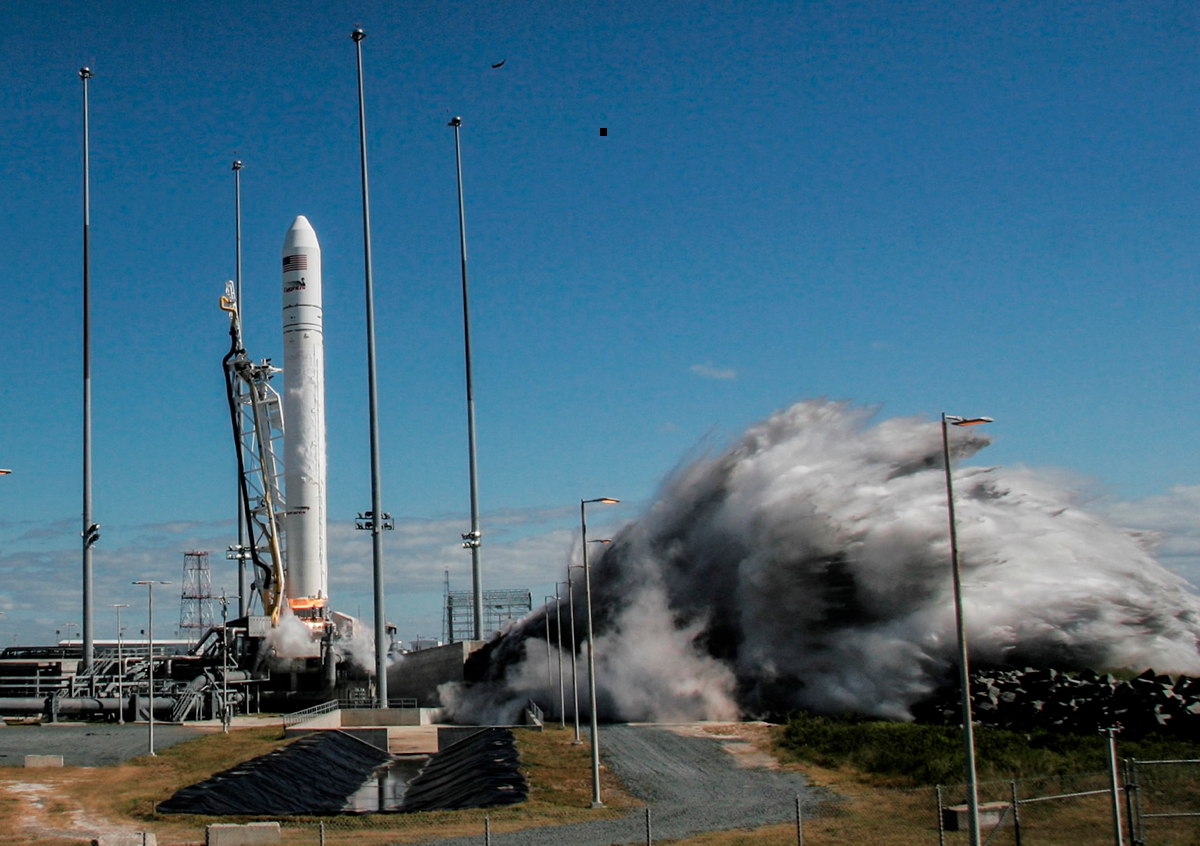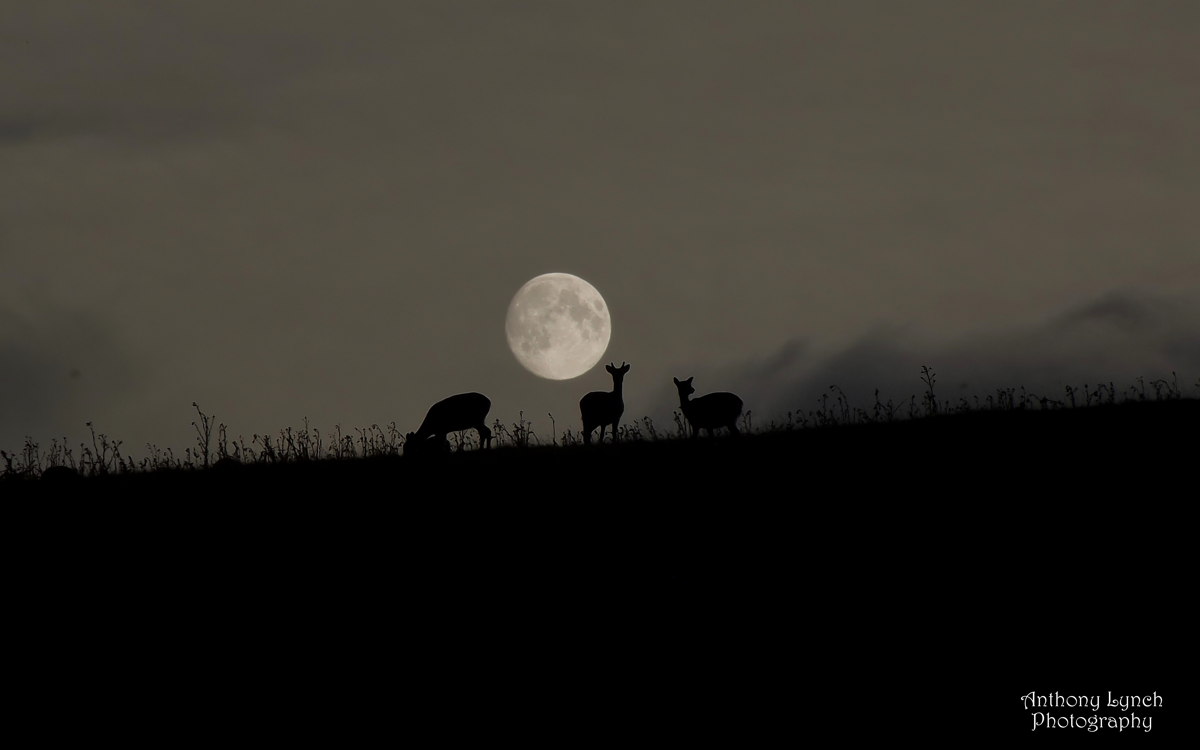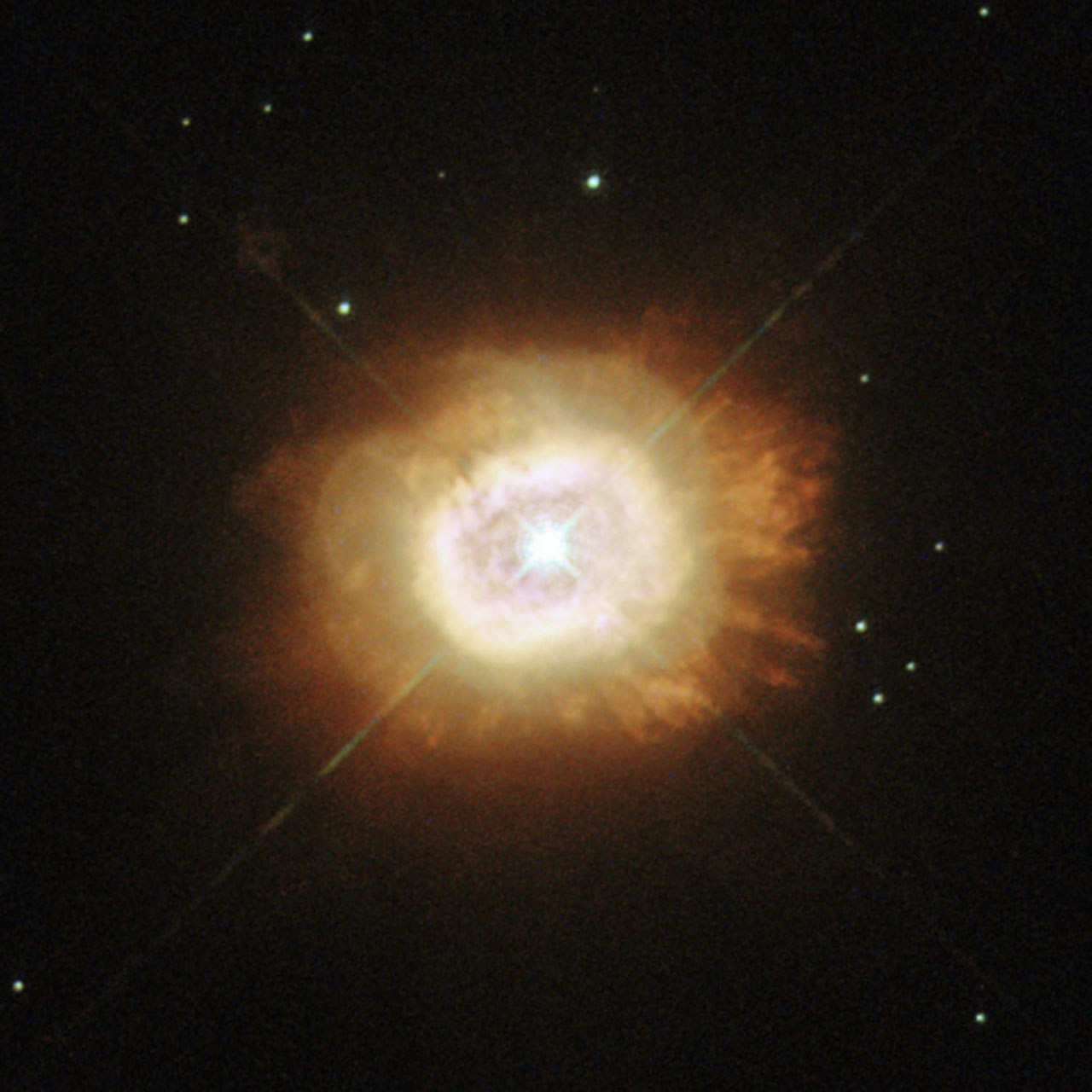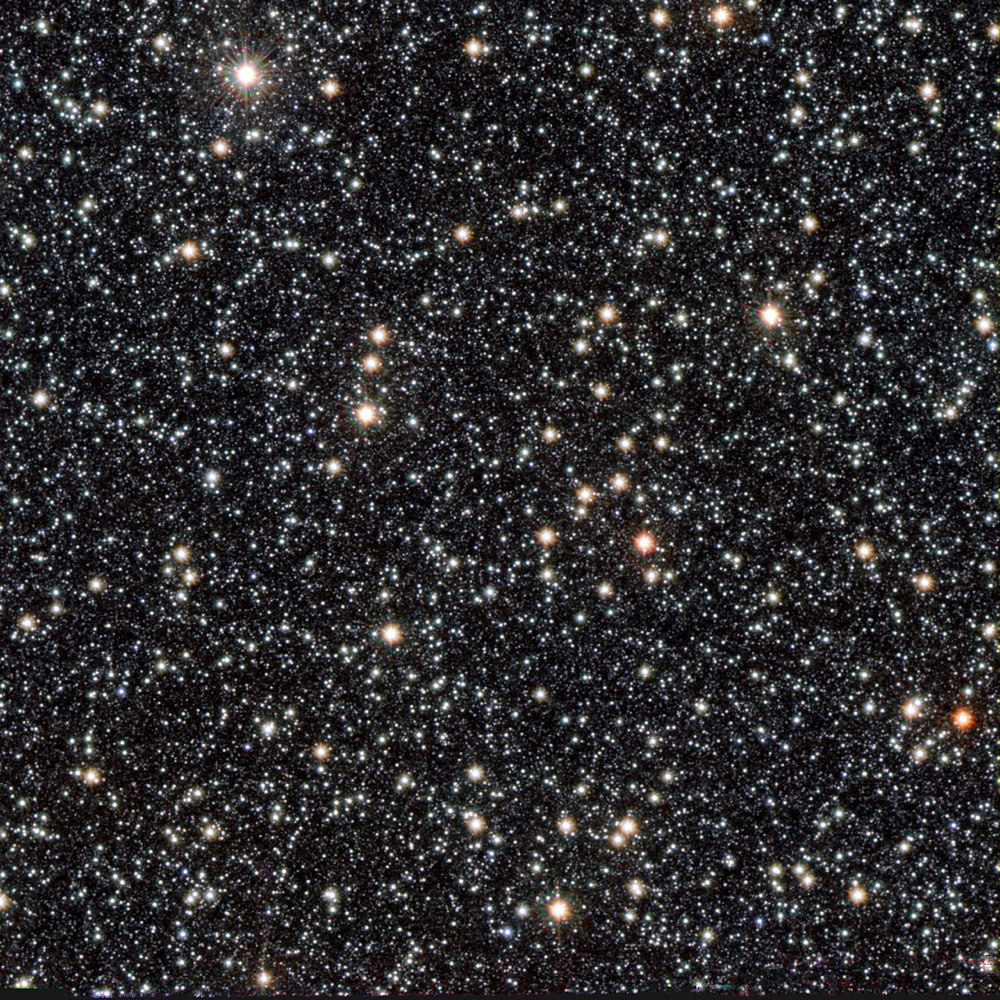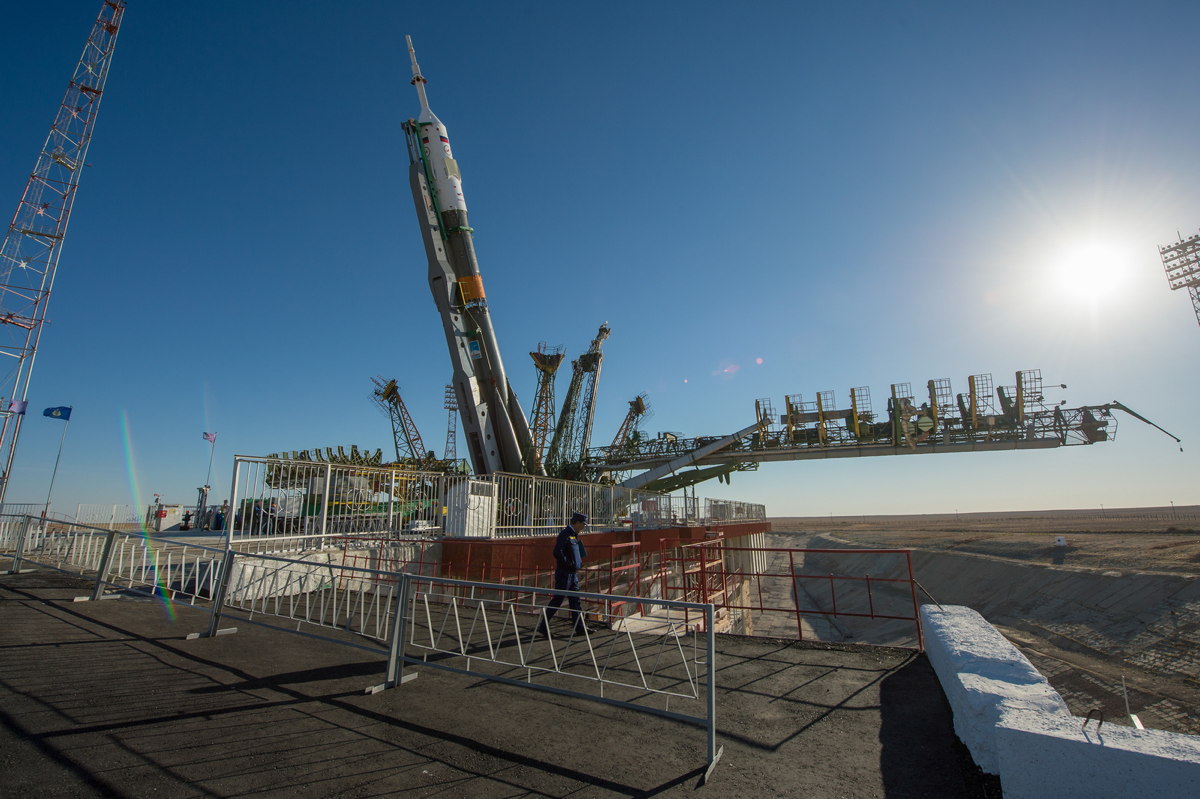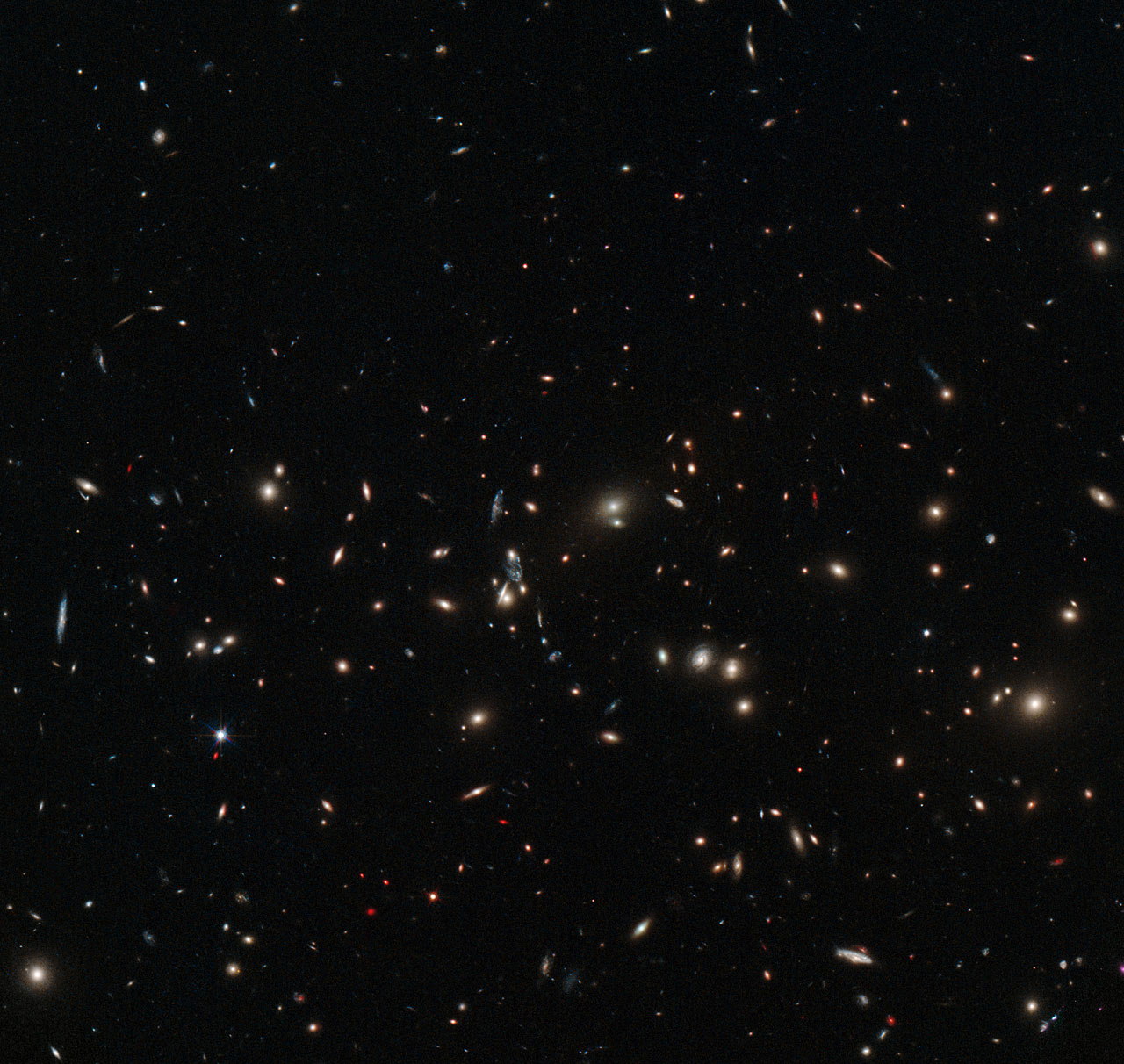Space Image of the Day Gallery (September 2013)
Lights in the Sky
Monday, Sept. 16, 2013: Auroramax automated camera photographed this auroral display in Canada's Northwest Territory on Sept. 13, 2013.
— Tom Chao
Slow Collision
Tuesday, Sept. 17, 2013: A "mini-jet" appears in the dynamic F ring of Saturn. Saturn's A ring, including the Keeler gap and a small part of the Encke gap at the upper-right, also appears. Imaging scientists think the mini-jets stem from low-speed collisions in the F ring ejecting dusty material from the ring's core. Cassini spacecraft took this image in visible light on June 20, 2013, at a distance of approximately 841,000 miles (1.4 million kilometers) from Saturn.
— Tom Chao
Ancient Mystery
Wednesday, Sept. 18, 2013: Stargazer Panos Evripiotis sent in a photo of the Milky Way seen over the Temple of Demeter on the island of Naxos, Greece. Photo taken Sept. 4, 2013.
— Tom Chao
Special Delivery
Thursday, Sept. 19, 2013: Orbital Sciences Corp. launched its Cygnus cargo capsule aboard an Antares rocket from NASA's Wallops Island Flight Facility on at 10:58 a.m. EDT (1458 GMT) on Sept. 18, 2013. The demonstration flight should arrive at the International Space Station on Sunday, Sept. 22, after a series of in-flight tests. [See full story.]
— Tom Chao
Doe, A Deer (Not a Sheep)
Friday, Sept. 20, 2013: Astrophotographer Anthony Lynch sent in this photo of the Harvest Moon, taken at Phoenix Park in Dublin, Ireland, September 2013. He writes in an e-mail to SPACE.com, “I went out to an old fort on a hill to catch tonight's harvest moon. [W]hen I [saw] some deer, I ran down the hill so I could get them on the horizon with the moon. I had to keep making noises so they would look up for the shot, otherwise they just looked like sheep.”
— Tom Chao
I Feel a Hot Wind on My Shoulder
Monday, Sept. 23, 2013: Star HD 184738 (AKA Campbell’s hydrogen star) appears within plumes of reddish glowing gases, including hydrogen and nitrogen. HD 184738 lies at the center of a small planetary nebula. Astronomers consider the star a [WC] star, a rare class resembling more massive counterparts, Wolf-Rayet stars. [WC] stars consist of low-mass sun-like stars at the end of their lives. While these stars have recently ejected much of their original mass, the hot stellar core still loses mass at a high rate, creating a hot wind. These winds cause them to resemble Wolf-Rayet stars. Wolf-Rayet stars are hot stars, perhaps 20 times more massive than the sun, rapidly blowing away material and losing mass.
— Tom Chao
Don’t It Make My Brown Dwarf Blue
Tuesday, Sept. 24, 2013: ESO’s VISTA telescope has spotted a brown dwarf nicknamed VVV BD001, seen at the very center of this image. It represents the first new brown dwarf spotted in our cosmic neighborhood as part of the VVV Survey. VVV BD001 lies about 55 light-years away from us, towards the crowded center of our galaxy. Astronomers often refer to brown dwarfs as “failed stars,” as they loom larger in size than planets like Jupiter, but don’t make it to the size of stars. This dwarf possesses two peculiarities: First, it is the first one found towards the center of the Milky Way, one of the most crowded regions of the sky. Second, it belongs to an unusual class of stars known as “unusually blue brown dwarfs” — it is unclear why these stars are bluer than expected.
— Tom Chao
Breaking space news, the latest updates on rocket launches, skywatching events and more!
Point Me at the Sky
Wednesday, Sept. 25, 2013: The Soyuz rocket rises into position, after it rolled out to the launch pad by train on Sept. 23, 2013, at the Baikonur Cosmodrome in Kazakhstan. Launch of the Soyuz rocket is scheduled for September 26, 2013, sending Expedition 37 Soyuz Commander Oleg Kotov, NASA Flight Engineer Michael Hopkins and Russian Flight Engineer Sergei Ryazansky on a mission lasting five-and-one-half months aboard the International Space Station.
— Tom Chao
As Long as We Are Clustered
Thursday, Sept. 26, 2013: NASA/ESA Hubble Space Telescope's Wide Field Camera 3 photographed the massive galaxy cluster MACS J0152.5-2852 in detail. Almost every object seen in the image represents a galaxy containing billions of stars. Galaxies do not randomly distribute themselves in space, rather concentrating by the hundreds through the action of mutual gravity. Elliptical galaxies, similar to the yellow fuzzy objects seen in the image, most often appear close to the center of galaxy clusters. Spiral galaxies, indicated by bluish patches, usually lie further out, more isolated.
— Tom Chao
Mars TARs
Friday, Sept. 27, 2013: The Noctis Labyrinthus region of Mars lies high on the Tharsis rise in the upper reaches of the Valles Marineris canyon system. Two types of windblown sediments stand out in this image. A network of pale reddish ridges with a frost-like appearance surrounds bedrock knobs. The pale ridges resemble the simpler “transverse aeolian ridges” (TARs) common in the equatorial regions of Mars. Researchers have an incomplete understanding of TARs, and attribute them variously to dunes produced by reversing winds, coarse grained ripples, or indurated (hardened by fibers) dust deposits.
Dark sand dunes comprise the second type of windblown sediment visible in this image. The dark sand dune just below center displays features similar to active sand dunes observed elsewhere on Mars, including sets of small ripples crisscrossing the top of the dune. The dark dunes consist of grains composed of iron-rich minerals from volcanic rocks on Mars, unlike the pale quartz-rich dunes of Earth. This image clearly shows the dark sand layered on top of the pale TAR network, indicating that the sand dunes appeared more recently than the TARs.
— Tom Chao

